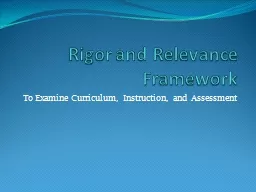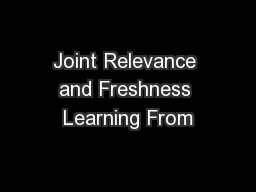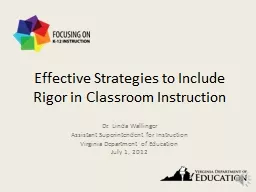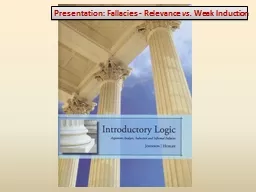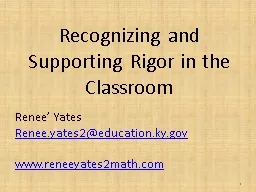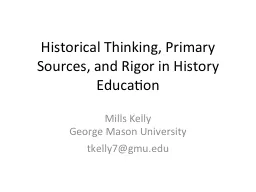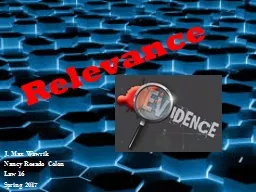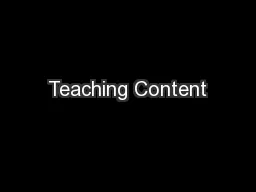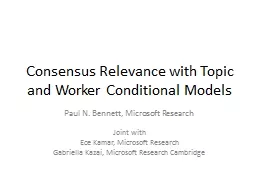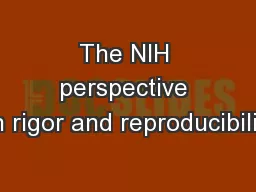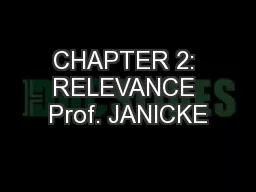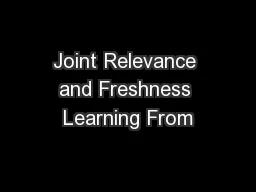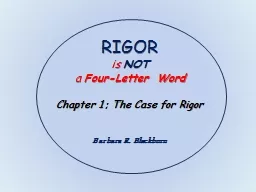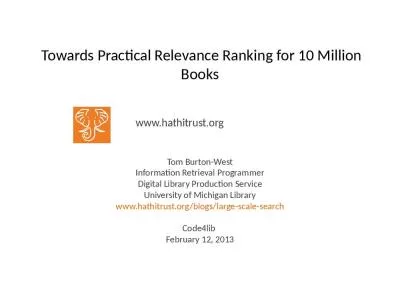PPT-Rigor and Relevance Framework
Author : alexa-scheidler | Published Date : 2016-07-01
To Examine Curriculum Instruction and Assessment 21 st Century Skills for Success Strong Academics Reading Writing Math Science Career Skills Workplace Attitudes
Presentation Embed Code
Download Presentation
Download Presentation The PPT/PDF document "Rigor and Relevance Framework" is the property of its rightful owner. Permission is granted to download and print the materials on this website for personal, non-commercial use only, and to display it on your personal computer provided you do not modify the materials and that you retain all copyright notices contained in the materials. By downloading content from our website, you accept the terms of this agreement.
Rigor and Relevance Framework: Transcript
Download Rules Of Document
"Rigor and Relevance Framework"The content belongs to its owner. You may download and print it for personal use, without modification, and keep all copyright notices. By downloading, you agree to these terms.
Related Documents

